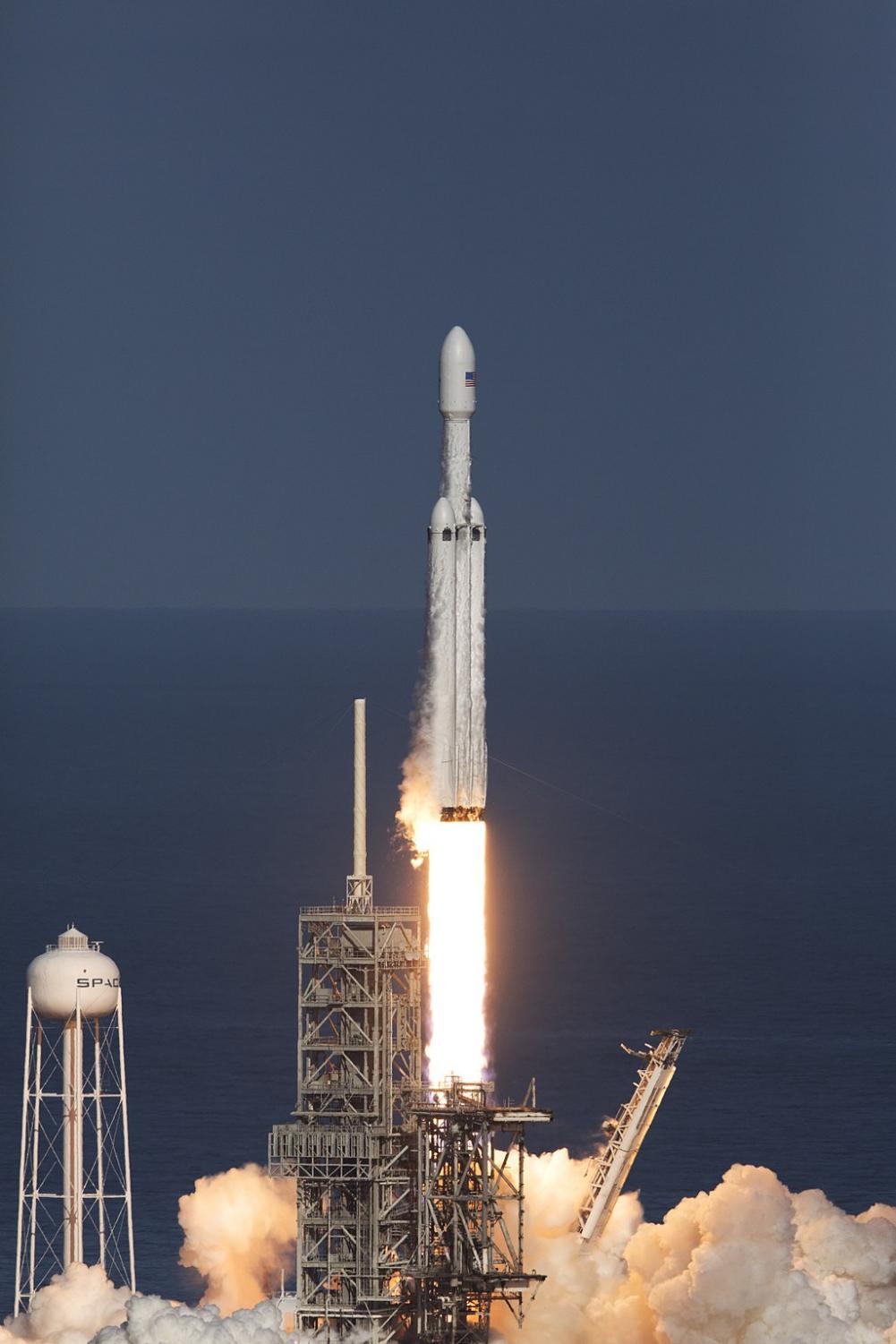

Now, a robust commercial space industry is growing fast, and it intends to fly much more frequently, forcing more airspace restrictions. It is the most powerful rocket in the world and carried a Tesla Roadster into orbit. The SpaceX Falcon Heavy rocket lifts off from launchpad 39A at Kennedy Space Center on Feb. Still, he said, a single launch “can affect hundreds of flights.” So the impacts have been limited - “small in comparison to other constraints in the system because there are so few of them,” according to Gregory Martin, a spokesman for the FAA.

But the launches have been relatively rare events - over its 30-year life span, the space shuttle took off just 135 times, an average of less than five times a year. Rockets have been blasting off into space since the dawn of the Space Age more than 60 years ago. That meant flights up and down the busy Eastern Seaboard had to go around the safety zone, causing delays and forcing planes to burn additional fuel.Įven though the rocket was out of the airspace in a mere 90 seconds before its three boosters flew back to Earth some eight minutes later, the “impact on the traveling public was real,” said Sharon Pinkerton, senior vice president for legislative and regulatory policy for Airlines for America, which advocates for the industry.Īs a growing number of commercial rocket companies ultimately plan to fly on a weekly basis, and from more places, airlines are concerned that they will significantly affect the already congested airspace, which handles more than 15 million airline flights annually. To accommodate the launch, and the possibility that the rocket could explode, the Federal Aviation Administration had to shut down a large swath of airspace for more than three hours, stretching from the Florida coast about 1,300 miles east over the Atlantic. The airline industry says it was also a headache. “When I see a rocket lift off, I see a thousand things that could not work, and it's amazing when they do.Washington - The launch of SpaceX’s Falcon Heavy rocket in 2018 was a triumph of engineering and another celebrated coup for Elon Musk’s space company. But above all, Musk's takeaway from the test flight was that he and his roughly 7,000 employees had pulled off something extraordinary. Now that the Falcon Heavy has flown, more work remains to refine the rocket and develop its successor, the so-called BFR booster and spaceship that he hopes will one day be bound for Mars. “We tried to cancel the Falcon Heavy program three times at SpaceX, because it way harder than we thought," said Musk in a press briefing after the launch.
FLACON HEAVY LAUNCH UPGRADE
To make the Falcon Heavy work, SpaceX had to redesign the center booster completely, rework the control systems, and upgrade the fins that the reusable first stages use to steer so they can land back on Earth. At the time, Musk thought that the Falcon Heavy would launch in 2013, but the project promptly entered years of development hell. SpaceX announced its intention to build the Falcon Heavy in 2011, crafting it as a vehicle essentially made out of three combined Falcon 9s, the company's currently most-used rocket. Only NASA's Saturn V rocket, which carried astronauts to the moon, has lifted more that high.īut as Musk emphasized before and after the launch, success was hardly a given. At peak performance, the massive rocket can lift 141,000 pounds- equal to the weight of two adult sperm whales-into low-Earth orbit. “Look at that! That's unreal!” Musk cried out.Īs National Geographic reported from Cape Canaveral on Tuesday, the Falcon Heavy launch is a milestone for private companies' journey into space. Moments later, he and SpaceX staffers ran out the door of the launch control center and turned their gazes upward. “Holy flying f-k, that thing took off,” Musk exclaimed. In preparation for the second season of MARS, which is returning to Nat Geo this fall, a camera crew followed Musk and his team on the day of the launch, capturing their reactions as the rocket rumbled to life. On February 6, SpaceX made history with the largely successful first launch of its Falcon Heavy rocket-and National Geographic was there, right alongside SpaceX CEO Elon Musk.


 0 kommentar(er)
0 kommentar(er)
